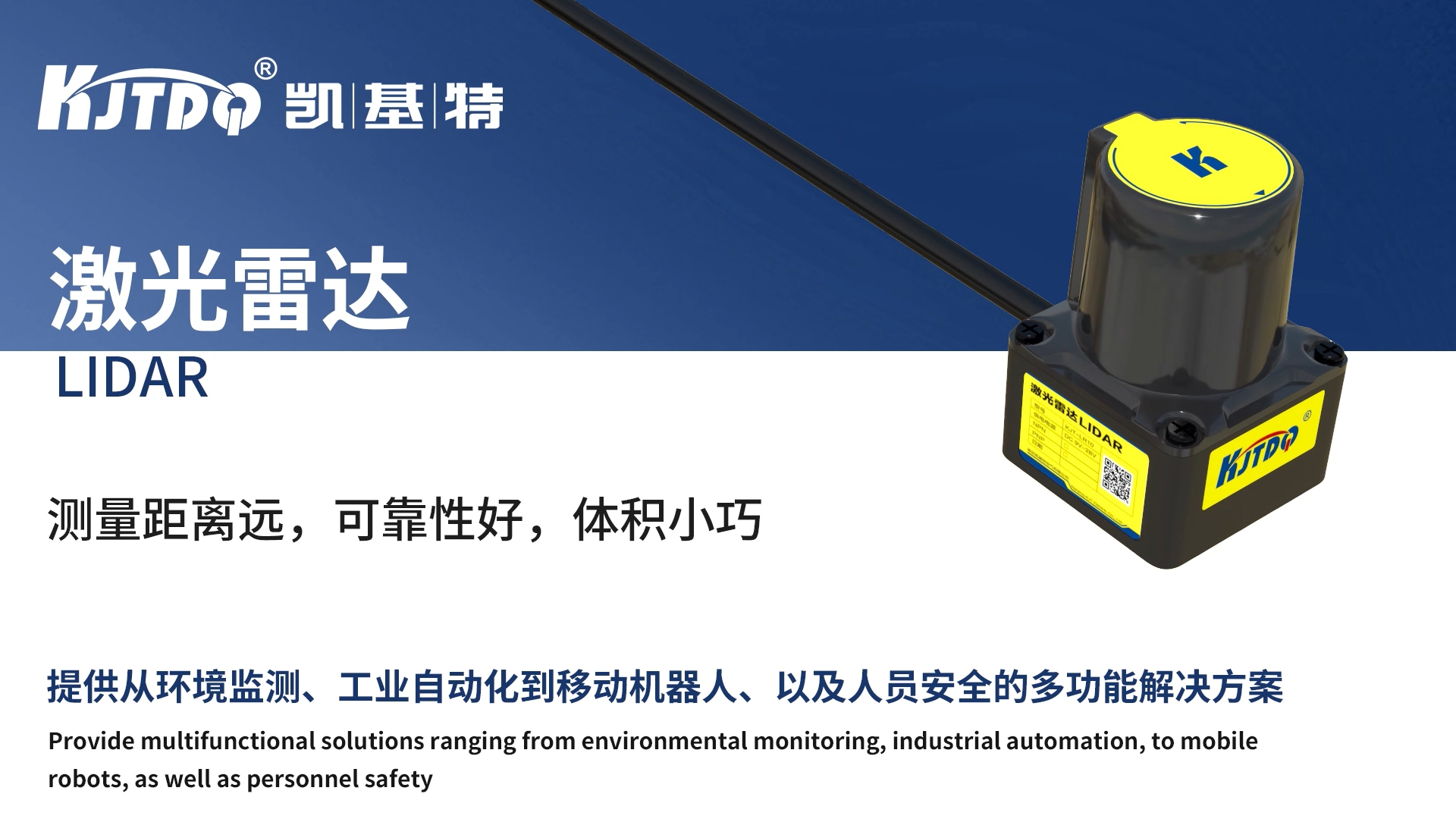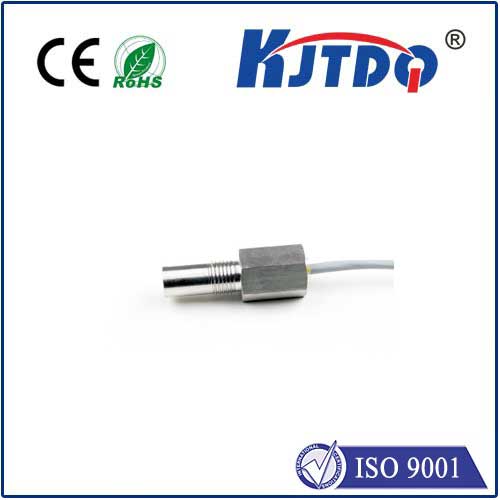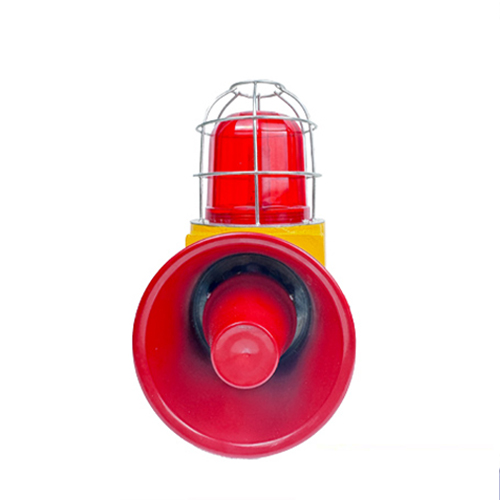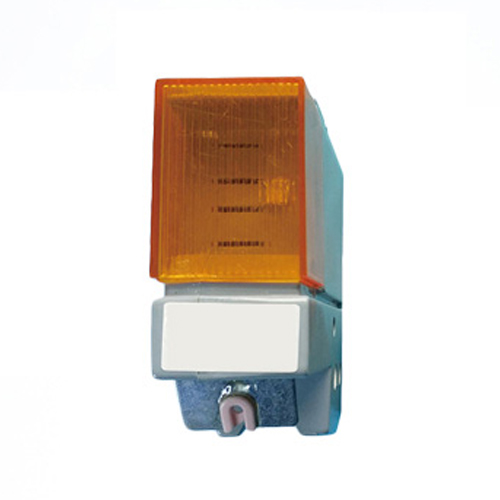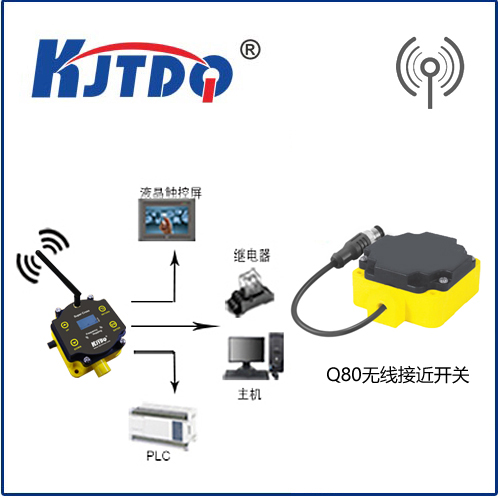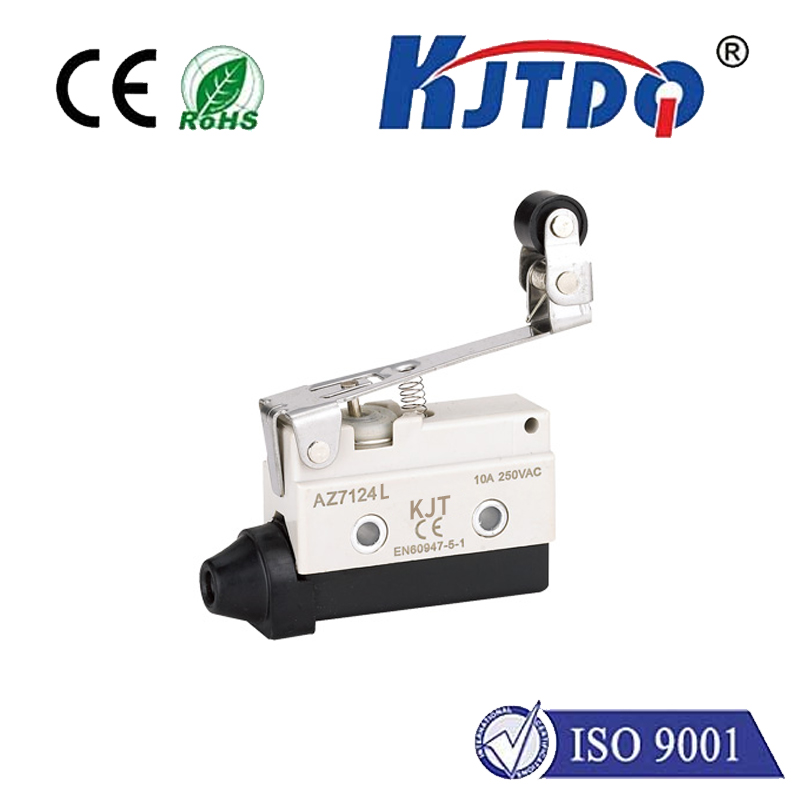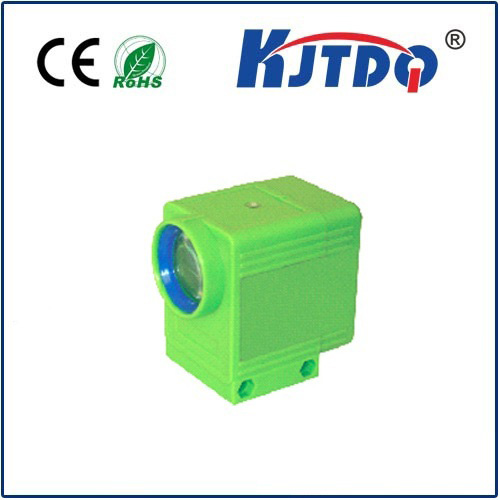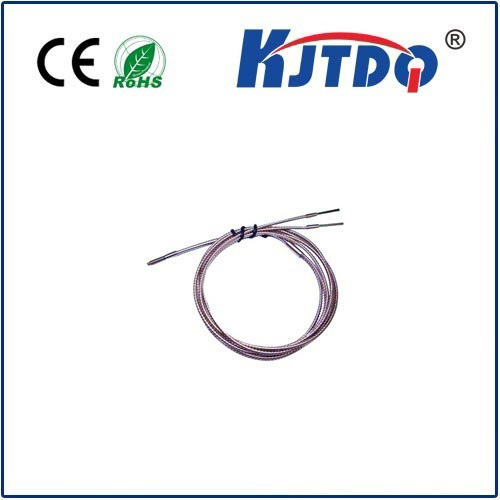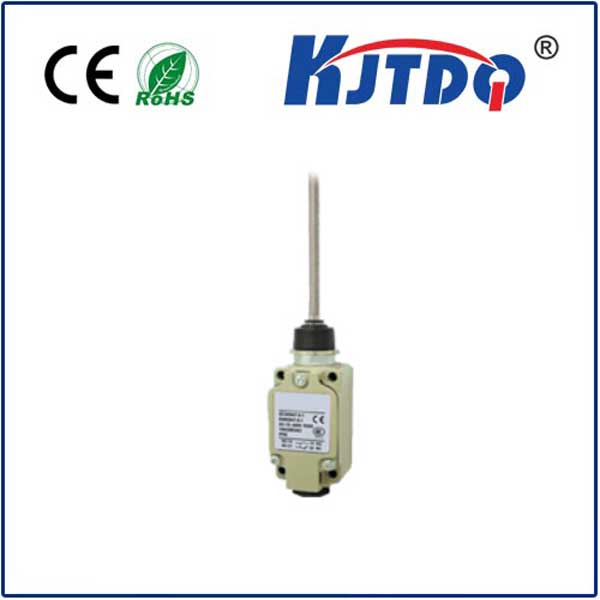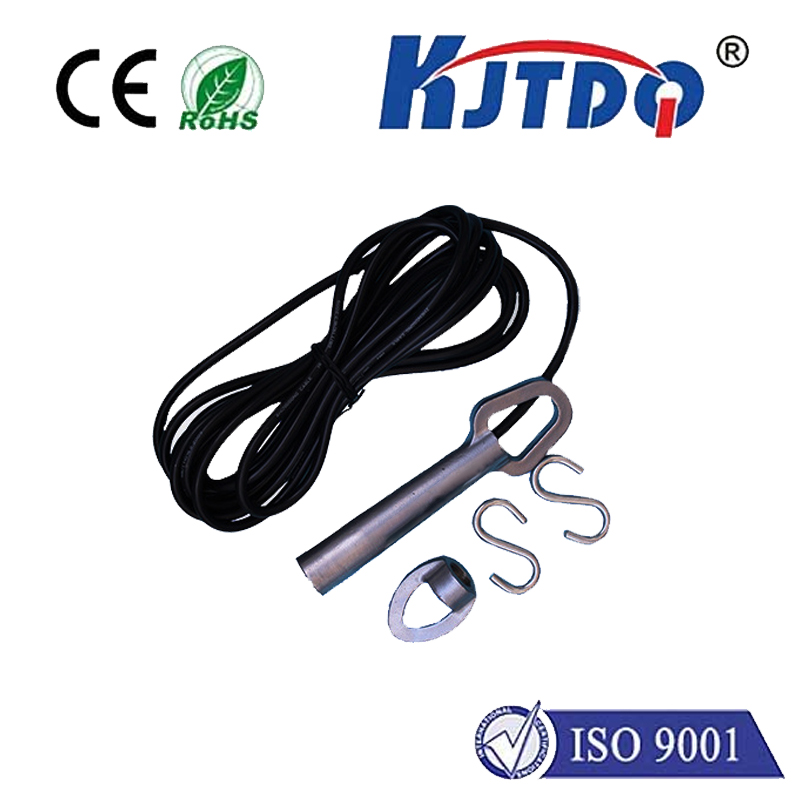rotary micro switch
- time:2025-08-08 01:45:59
- Click:0
Rotary Micro Switches: Precision Control in Compact Spaces
In the intricate world of electronics, where reliable signal transmission and precise control are paramount, a seemingly small component often plays an outsized role. Enter the rotary micro switch, a marvel of engineering designed for accuracy and durability within confined spaces. These specialized switches harness a rotating actuator to change electrical pathways, offering distinct advantages where standard toggle or push-button mechanisms fall short. Understanding their operation and application reveals why they are indispensable in demanding sectors like automotive, aerospace, medical devices, and intricate industrial controls.
Understanding the Core Mechanism: Rotation Meets Precision
Unlike their linear-action cousins, rotary micro switches operate fundamentally through rotational movement. A user turns an actuator knob or shaft. This rotation is translated internally, typically via a cam mechanism, into a precise linear motion. This linear displacement then acts upon a spring-loaded plunger within a miniature snap-action switch module – the “micro” part. This snap-action mechanism is critical. It ensures a rapid, positive make-or-break of the electrical contacts, regardless of the speed at which the actuator is turned. This minimizes arcing, enhances contact life, and provides that unmistakable tactile feedback confirming the switch’s state change. The electrical pathways are altered cleanly and reliably with each discrete position of the rotary input.

Why Choose a Rotary Micro Switch? Key Advantages Unveiled
The unique design of rotary micro switches delivers several compelling benefits that make them the optimal choice for specific applications:
- Exceptional Durability & Longevity: Constructed with robust materials like high-grade thermoplastics, metal alloys, and precious metal contact points (often silver alloy or gold-plated), these switches are built to last. The snap-action principle significantly reduces contact wear during switching. They consistently achieve hundreds of thousands, even millions, of operational cycles. This high cycle life translates directly into reliability and reduced maintenance costs.
- Precise Positional Control & Programmability: Rotary micro switches excel at providing distinct, operator-defined positions. They are often designed with multiple detents (e.g., 30°, 45°, 60° positions), offering clear, tactile stops for the user. This allows precise selection of functions or settings – think channel selection on a radio, speed settings on a tool, or calibration adjustments on medical equipment. Their inherent suitability for multi-position control makes them highly versatile.
- Compact Powerhouse: Despite their robustness and multi-position capability, rotary micro switches are remarkably space-efficient. Their design integrates the switching mechanism efficiently relative to the range of positions offered. This compact footprint is invaluable in modern electronics where circuit board real estate is at a premium and devices continue to shrink.
- Tactile & Audible Feedback: The snap-action inherent in these switches provides both a tangible tactile click and an audible confirmation sound. This immediate sensory feedback is crucial for user interface design, ensuring operators know precisely when a setting has been changed, enhancing safety and usability, especially in environments where visual confirmation isn’t reliable.
- High Electrical Rating in Small Package: Don’t let their size fool you. Quality rotary micro switches are designed to handle significant electrical loads – switching currents often ranging from mA levels up to several amps and voltages from 5VDC to 250VAC or more – all packed into their miniature form factor. This ability to control substantial power is essential for many motor and relay applications.
- Environmental Resilience: Many rotary micro switches boast excellent sealing ratings (like IP67). This protects the internal contacts and mechanism from dust, moisture, and chemical splash, making them suitable for harsh industrial settings, outdoor equipment, and demanding automotive under-hood environments.
Where Precision Rotation Matters: Key Applications
The unique blend of features makes rotary micro switches ubiquitous in numerous precision-driven fields:
- Industrial Automation & Control Panels: Essential for mode selection, speed control settings on machinery, conveyor system controls, and calibration adjustments where distinct, reliable positions are mandatory.
- Automotive Electronics: Used in dashboard controls, instrument cluster settings, climate control systems, steering wheel controls, and transmission mode selectors, demanding durability against vibration and temperature extremes.
- Medical & Laboratory Equipment: Found on diagnostic devices, patient monitoring systems, infusion pumps, and lab instruments where precise, repeatable adjustments and reliable signal integrity are critical for patient safety and accurate results.
- Consumer & Home Appliances: Employed in high-end audio/video equipment (volume, input selection), kitchen appliances (settings, timers), power tools (speed control), and HVAC controllers.
- Aerospace & Defense: Critical in cockpit controls, navigation systems, communication panels, and ground support equipment where rugged reliability, precise operation, and tolerance to shock/vibration are non-negotiable.
- Test & Measurement Instruments: Used for function selection, range switching, and calibration inputs on oscilloscopes, multimeters, and signal generators demanding high accuracy and repeatability.
Selecting the Right Rotary Micro Switch: Critical Considerations
Choosing the optimal switch requires careful assessment beyond just the “rotary micro switch” specification:
- Number of Positions & Angle: Define the exact number of distinct stopping points needed (e.g., 2, 3, 4, 6, 12) and the angular displacement between them.
- Electrical Ratings: Match the switch’s voltage (AC/DC) and current (resistive/inductive) ratings to the actual circuit requirements, including any potential inrush currents. Contact material (e.g., Silver, Gold-Plated) is crucial for low current/signal integrity vs. high power switching.
- Operational Life: Ensure the rated mechanical and electrical life cycles exceed the expected lifetime demands of the application.
- Environmental Specs: Consider operating temperature range, required ingress protection (IP rating) against dust and moisture, and resistance to chemicals or fuels.
- Actuator Type & Shaft Specifications: Determine the required knob or lever interface (shaft length, diameter, D-shape, knurled), and any mounting needs (PC board, panel mount, threaded bushing).
- Termination Style: Options include solder terminals (PC pins), quick-connect tabs, or wire leads.
- Agency Approvals: Check if certifications like UL, cUL, VDE, or TUV are required for the end-use market.
By leveraging their unique combination of rotational input, precise snap-action switching, compact size, and ruggedness, rotary micro switches solve complex control challenges across diverse industries. Their ability to deliver reliable performance cycle after cycle, even in confined or demanding environments, underscores their role as fundamental precision components. Whether enabling the intuitive control of a sophisticated medical device or ensuring reliable operation in a vibrating automotive dashboard, these switches prove that powerful functionality often comes in meticulously engineered, rotating packages. Their proven reliability makes them the silent workhorses behind countless precise control functions we rely







